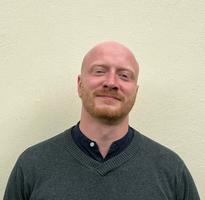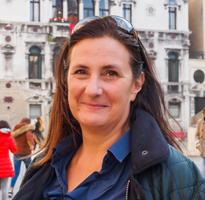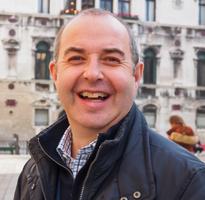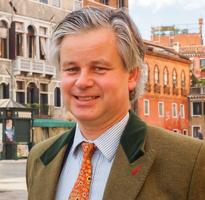Before our trip to the cities of Castille, our preconceptions alluded to Segovia being a classical guitarist and Toledo being the old Spanish capital. That said, Colchester was once the capital of the British Empire so what would Toledo offer us? This begged the question - Castille: an area of majestic beauty or a land of fallen majesty?'Our journey started in Segovia, a mere 60 miles from the current Spanish capital of Madrid. Our first thoughts of the city were that it was like stepping into another historic capital - Rome - as it is dominated by an 800 metre Roman aqueduct, which is both magnificent and fantastical in equal measures. It transpires that the Romans had a huge influence in Castille and you need not turn your head far before coming across a Catholic memento from its glorious past. Aqueduct aside, Segovia quickly warms us to its olde-world charm, possessing an impressive gothic cathedral and story-book alcazar, complete with draw-bridge and moat. A stay at the comfortable Palacio San Facundo completes the experience.'After sampling the local dish of suckling pig (more of an experience than a delicacy), we moved west to the historic and beautiful city of Salamanca. Packed with undulating cobbled streets, picturesque plazas and some 40,000 students, the city teems (albeit leisurely) with enthusiasm for life. Countless cups of coffee are consumed in and around the impressive Plaza Mayor, all observed by dozens of important and eclectic figureheads that adorn the walls. Close to the city's two cathedrals, the Hotel Rector blends effortlessly into the city with understated character, all of which can be viewed from the nearby Parador, just 10 minutes' walk away.'Southwards we head to the fortified city of Avila. Like its neighbours, Avila has much Roman influence but there are also strong Jewish and Moorish bonds, not least of all the 12th Century city walls that surround and protect the city. Two things are a must in Avila - a walk on the city walls and a good, comfy pair of shoes. Combining both will provide ample opportunity to take in the glorious surrounding scenery. Here, I recommend staying at the 4 star Palacio de los Velada.'Finally, we head south to the quite wonderful city of Toledo. Despite the magnitude of the 1755 Lisbon earthquake, most of the architecture remains in excellent condition, making Toledo one of the most important cities in mediaeval history. The pride of the city lies within the walls of the cathedral where religious scenes are depicted with remarkable variety. The Baroque alter (El transparante) must rank as one of the most impressive sights in any cathedral, whilst the 750 stained glass windows provide substantial natural light, giving the cathedral a wholly sanctified feel. A guided tour of the city and cathedral is a must (speak to the Kirker Concierge) and you cannot leave without trying the locally made marzipan.'A great day trip from Toledo is the old royal playground of Aranjuez where one can marvel at the splendours of a kind of Spanish Versailles. And let us not forget that just 30 minutes north of Toledo on the AVE train lies Madrid, which is a good three days of exploration on its own.'So what of our preconceptions before our trip began? Toledo was indeed the old capital and remains the 'religious capital' of Spain, but as we found, it is much more than that. In fact, all four cities are fabulous in their own right. I would recommend a visit to at least two of the cities to get a flavour of Castille. Indeed, these flavours are all essential ingredients in how we view majestic Spain today.
Staff Review
The Cities of Castille
Speak to an expert - 020 7593 2288
Our expert reservations team regularly travel to a wide range of destinations to explore new cities, visit hotels and to research museums, galleries and restaurants so that we can offer the most up-to-date advice and recommendations.
Newsletter
Join our mailing list to receive the latest updates and travel inspiration.




























